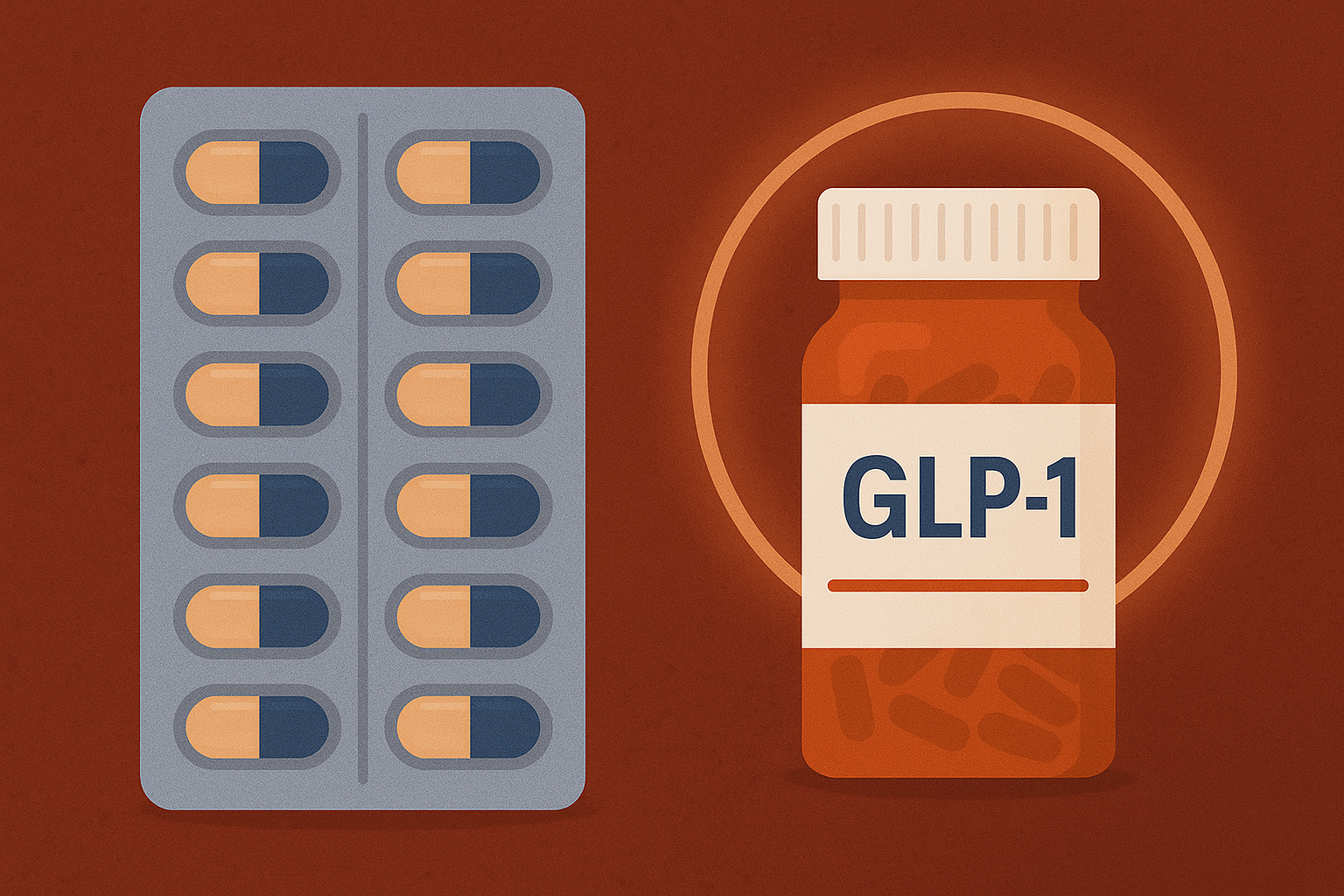For the first time in U.S. history, less than one-third of American adults are at a healthy weight. New data reveals that 42% of adults now have obesity, while another 30.7% are overweight—meaning over 70% of Americans fall into these categories. But here’s what nobody’s talking about:
1. We’ve Redefined “Normal”
- The average American woman now wears a size 16-18; the average man a 40-inch waist.
- Childhood obesity has quadrupled since the 1980s, yet only 24% of parents recognize it in their own kids.
- “Skinny-shaming” is rising—healthy-weight individuals now report pressure to eat more.
2. The Hidden Economic Toll
- Obesity costs the U.S. $260 billion annually in medical bills and lost productivity.
- Airlines burn extra 1.4 billion gallons of fuel yearly due to heavier passengers.
- Car safety standards are being reevaluated because crash dummies don’t reflect today’s average body size.
3. Why Diets & Gyms Aren’t Working
- 80% of weight-loss attempts fail long-term—not from lack of willpower, but because processed food alters brain chemistry.
- “Healthy” food deserts persist—1 in 5 U.S. schools are within 500 feet of a fast-food outlet.
- Sleep deprivation (now at epidemic levels) disrupts hunger hormones more than we realized.
4. The Surprising New Debate
- Some doctors argue BMI is outdated—muscle, bone density, and ethnicity aren’t factored in.
- Body positivity vs. health: Can we promote self-acceptance without normalizing preventable disease?
- Ozempic & weight-loss drugs are booming, but who gets access? (Insurers often deny coverage.)
What’s Next?
The U.S. is at a crossroads:
- Policy shifts (sugar taxes, urban design for walkability) show promise—but face backlash.
- Tech-driven solutions (AI meal planners, VR fitness) are emerging.
- Mental health’s role: Trauma and stress eating are finally being taken seriously.
The bottom line: America’s weight crisis isn’t just about willpower—it’s about food systems, economics, and culture. And the solutions require more than just diet tips.
What do you think? Is this the new normal—or can we turn it around?



